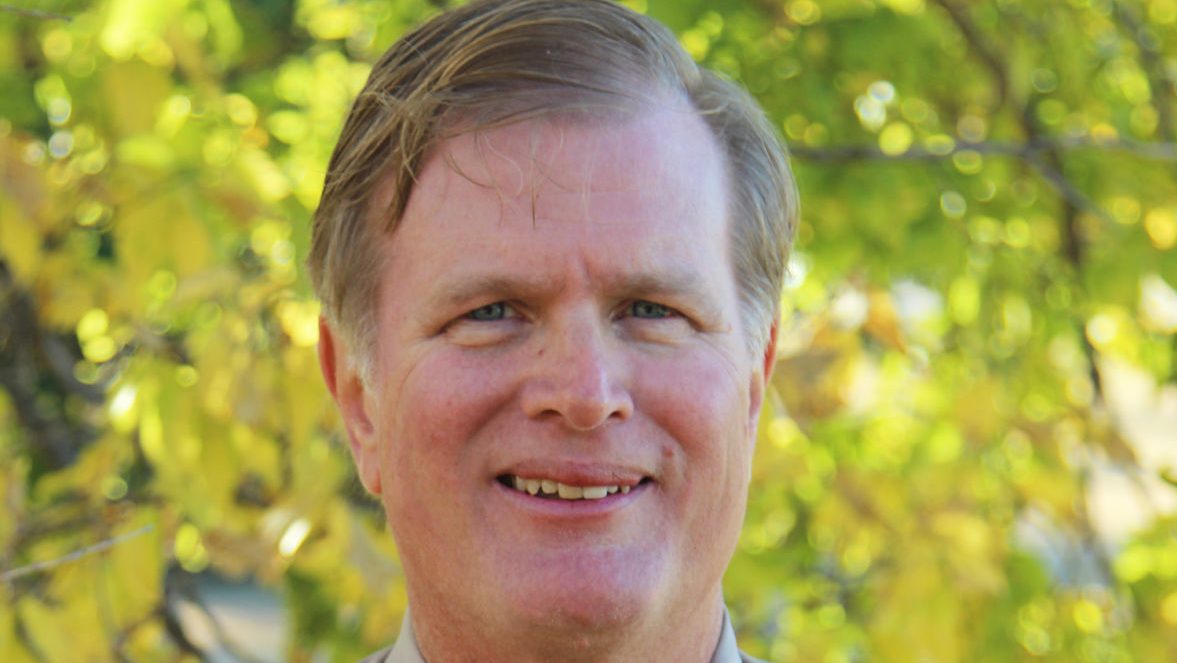Earth Day morphs into a new reality

The nation, this past week, took note of Earth Day.
The first Earth Day was April 22, 1970, when an estimated 20 million Americans took to the streets to demonstrate the need to address air and water pollution.
Over the past 50 years in rural America, Earth Day has inspired cleanups of parks, walking trails, creeks and rivers. Many photos have been taken and stories written of 4-H’ers, FFA members, church youth and scouts removing old tires, broken bottles, aluminum cans and fast-food sacks from blighted areas.
Those initiatives were visible ways to make a difference in a local community. It also has opened up opportunities for recycling centers that provide jobs and volunteer opportunities. Many farmers and ranchers have supported those drives; however, many of us have also seen pictures where old tires, refrigerators and detergents and oil were illegally dumped in draws.
Earth Day, for some, has grown into a new frontier—climate change—a complicated topic. Mix in a middling of political rhetoric and skepticism by advocates and opponents and the talk is tough with neither side giving in. The debate rests on how much of climate change is driven by man’s footprint.
Old tires, rusty bed frames, old televisions and refrigerators found in creek bottoms can be visibly removed and people feel better. There was a time in the not so distant past when community leaders debated on whether they should accept waste from large cities for a fee with the refuse to be deposited into rural landfills. Debate also centered on whether old rock quarries should be rehabilitated to store waste. The debates could sever friendships.
The new debate on what President Joe Biden and his administration will do to combat climate change has definitely left many on edge.
Kansas Attorney General Derek Schmidt and Nebraska Attorney General Doug Peterson wrote a letter to U.S. Interior Secretary Deb Haaland about the concerns they have about a vague proposal, under recent executive order by the president, that would have at least 30% of the nation’s lands and water in conservation by the year 2030. They noted initiatives must not undermine private property rights and they must preserve state and local authority.
“Landowners in our states have vested interests in conservation measures to ensure their land is protected for future generations,” the attorneys general wrote. “These decisions about the use of land and water, as well as appropriate conservation measures, are best made at the state and local level, and by individual landowners. America does not have, nor does it want, a centrally planned economy.”
We would concur that farmers and ranchers have a demonstrated track record of being the best stewards of their ground. It also means the debate on climate change is not going away and Earth Day 2021 served as a reminder.
Dave Bergmeier can be reached at 620-227-1822 or [email protected].
